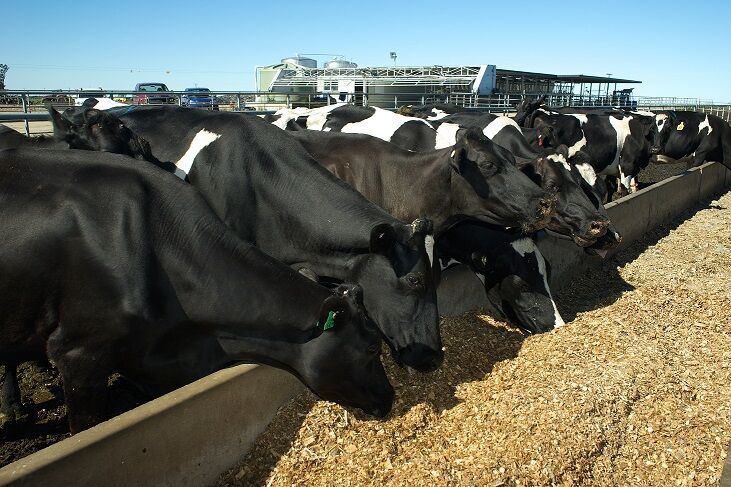
Articles
More money from your supplementary feed

New Zealand farmers are well known for their excellent management of pasture-based systems, but it is very difficult to keep cows well-fed throughout the entire season when you are relying solely on pasture.
When supplementary feeding becomes necessary due to a pasture deficit, it is important farmers get the most out their investment to maximise profitability.
There are always two sides to the argument when it comes to making money from supplements. The first and probably the most critical aspect is knowing when supplements should be fed, to maximise milk solid response and profitability.
In spring, cows that are grazing to 1500-1600kgDM/ha are likely to be able to produce more milk if additional feed is added to the system – either as pasture or supplement. But spring supplement feeding is unlikely to be profitable as the pasture left behind, due to substitution, will be wasted and the quality of the pastures in future rounds will be reduced.
However, if for whatever reason a feed shortage occurs and post-grazing pasture residuals fall below 1500kgDM/ha, milk response to maize silage can be highly profitable. Simply put, filling feed shortages with low priced supplements (e.g. maize silage) can make you a lot of money.
Feeding supplements such as maize silage in the autumn are frequently profitable when used to build cover, maintain body condition score (BCS) and increase milk production. This is often the case, even when there is enough pasture during autumn, as you will be setting up both the cows and the farm for the following spring.
The second aspect of making money from supplements is to feed them for the lowest cost possible. Fancy supplements and complex rations may produce more milk, but they also cost more, leaving the farmer with less profit than they would get by feeding a high value, low cost, palatable form of energy like maize silage. At somewhere between 16-20c/kg DM, home-grown maize silage is probably the most cost-effective feed available to farmers.
One big opportunity for farmers to further reduce feed cost is to look for every opportunity to reduce wastage. Any wastage of feed immediately increases the cost of feed down the animal's throat. Wastage can be minimised by keeping silage stacks well-covered and maintaining a clean, tight face, as well as not overfilling feed bins. If you are feeding in the paddock, put the supplement along a fence line or use an electric wire to stop stock trampling it into the ground.
Finally, for those farmers buying in feed, feed costs can be kept under control by deciding how much feed you need early in the season, and then where you will source the feed from. Contracted maize silage is usually always cheaper and more available than buying maize on the spot market in autumn.
Striving for a feeding regime that enhances productivity and profit, rather than just decreasing cost, is more sustainable in the long run.
